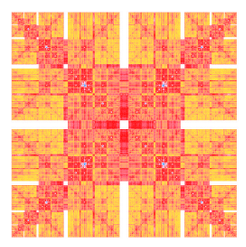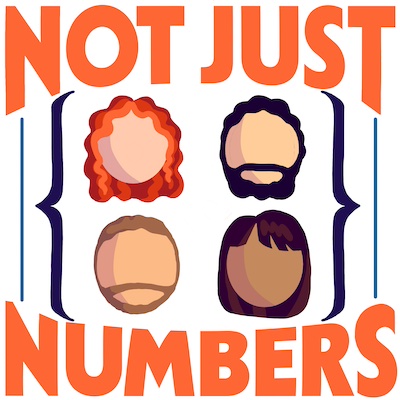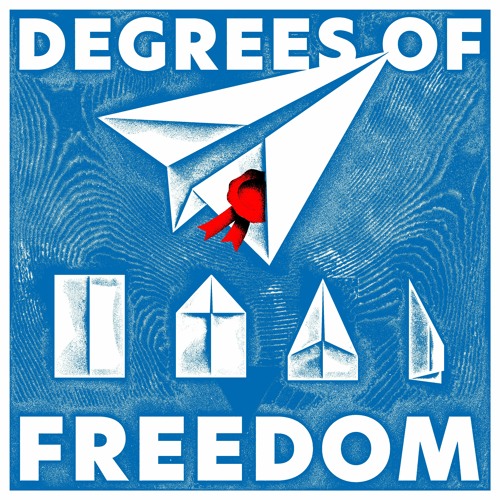Lecture notes on Hamiltonian mechanics
In the last academic term, I had the great pleasure to teach Hamiltonian Mechanics, an optional master course for mathematics and physics students. Even though the course was based on Arnold’s beautiful book, my plan for the course was to give a panoramic on the modern theory of integrable systems and perturbation theory. Of course, my grand plan, was way to optimistic. And between the time available, a bad flu and then the pandemic landing, we were able to do much less than what I hoped for.
Nevertheless, from the feedback I got, it seems that the course turned out nice and I decided to hide the unfinished parts from the lecture notes and publish them here for wider availability under a Creative Commons Attribution-NonCommercial-ShareAlike 4.0 International License.
My original plan for this post was to give a very brief introduction to the topic, using a pendulum and a spring as motivating examples, but I’ve been dragging this post for a month and I could never find time to sit down and concentrate long enough to prepare something decent. So, let’s cut things short, before it’s too late and I need to postpone again: Lecture Notes of Hamiltonian Mechanics in A5 format – tablet and booklet-print friendly. The source latex code is also available on GitHub.
If I get some time I will update this post mentioning what was plan and what did not end up in the notes. They are a preliminary version and surely stull filled with typos, please let me know about the mistakes or if you have interesting exercises or remarks to add.
I already plan to change many things for next year, reducing the focus on the introductory part and on Lagrangian mechanics, and increasing the focus on integrable systems and perturbation theory. In particular, if you know what I am talking about, I would like to cover also Lax pairs, something about phase-space reduction done rigorously, a better account of resonant cases and a brief discussion of monodromy. I want to also add lots of pictures and interactive simulations for next year, let’s see if the time will allow for it.
The final lecture describing how the hamiltonian formalism translate into quantum mechanics and what classical hamiltonian mechanics tells us in the semiclassical limit is not in the notes.
One day I will find the time to write a followup with the introduction mentioned above, in the meantime stay safe and have a nice day.


